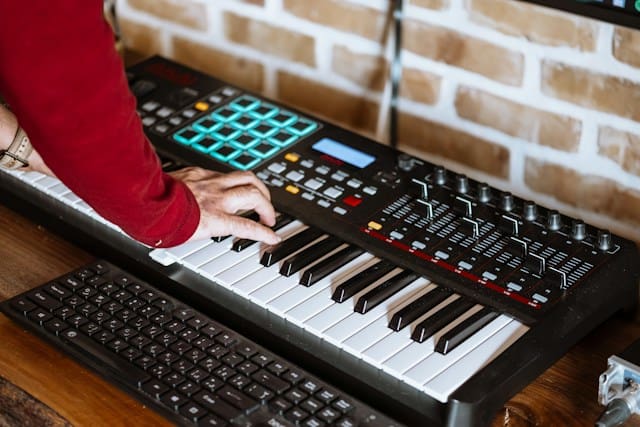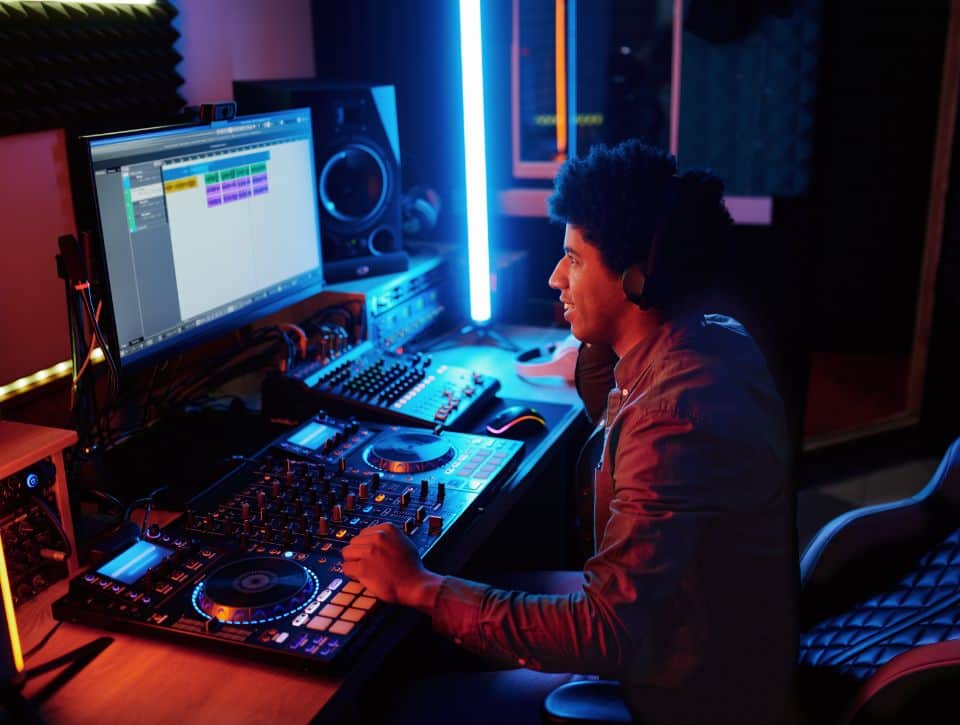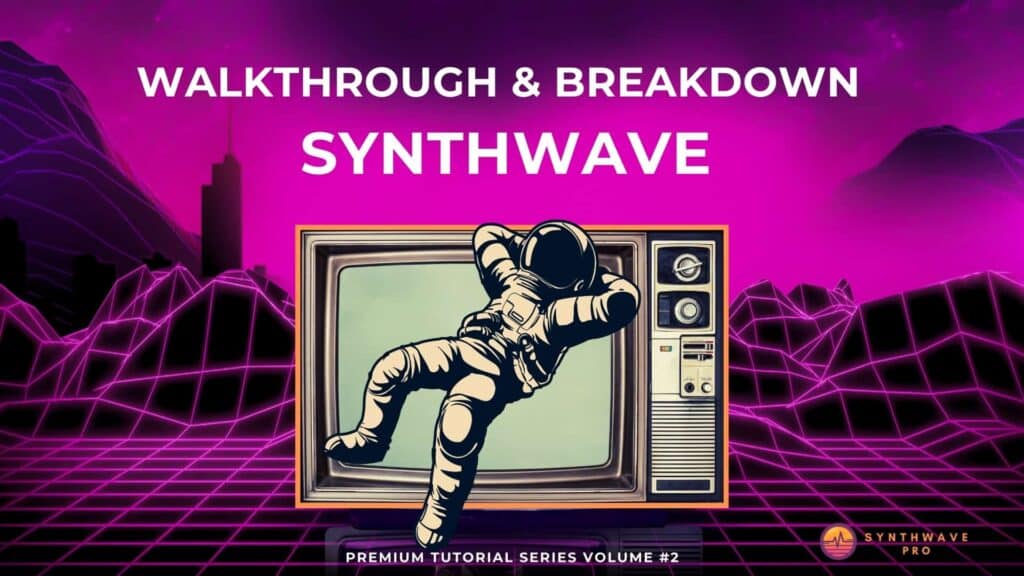Music is the universal language that speaks directly to our souls, and at the heart of every great piece of music lies a captivating melody. Whether it’s the haunting strains of a classical symphony or the infectious hook of a pop song, melodies have the power to evoke emotions, stir memories, and transport us to other worlds. But how does one go about crafting a melody that resonates with listeners? In this guide, we’ll explore the art of writing melodies and uncover the secrets to creating music that truly sings.
Understand the Basics
Before diving into the creative process, it’s essential to have a basic understanding of music theory. Familiarize yourself with concepts such as scales, intervals, and chord progressions. This foundational knowledge will provide you with the tools necessary to construct melodies that are both coherent and harmonious.
Find Inspiration

Inspiration can come from anywhere – a fleeting moment of beauty, a poignant memory, or even the sounds of nature. Listen to a wide variety of music across different genres and draw inspiration from the melodies that resonate with you. Experiment with different styles and techniques to develop your own unique musical voice.
Start Simple
When embarking on the journey of melody writing, simplicity is key. Begin by crafting a basic motif or phrase that serves as the foundation for your melody. This could be as simple as a short sequence of notes played on a piano or sung aloud. Don’t be afraid to experiment with different rhythms and intervals until you find a melody that feels right.
Develop Your Idea
Once you’ve established a basic melody, it’s time to expand and develop your idea. Experiment with variations on your motif, incorporating different rhythms, intervals, and harmonies to add depth and complexity to your melody. Consider the emotional impact you want your music to have and tailor your melody accordingly.
Pat Attention To Shape and Structure
A well-crafted melody has a sense of shape and structure that guides the listener through its journey. Pay attention to the contour of your melody – does it rise and fall gracefully, or does it meander unpredictably? Consider how your melody fits within the broader structure of your composition, ensuring that it flows seamlessly from beginning to end.
Embrace Contrast

Contrast is essential for creating a memorable melody that holds the listener’s attention. Experiment with contrasts in dynamics, pitch, and rhythm to add interest and tension to your melody. Play with unexpected twists and turns, creating moments of surprise and delight that keep your audience engaged.
Trust Your Instincts
Ultimately, writing a melody is a deeply personal and intuitive process. Trust your instincts and don’t be afraid to take risks. Allow yourself the freedom to explore new ideas and experiment with unconventional techniques. Remember that there are no hard and fast rules when it comes to music – the most important thing is to follow your heart and let your creativity soar.
Conclusion
Writing a melody is a journey of self-discovery and expression, a process of weaving together notes and rhythms to create something truly magical. By understanding the basics of music theory, finding inspiration from the world around you, and embracing your own creative instincts, you can craft melodies that resonate with listeners and stand the test of time. So pick up your pen, or your instrument of choice, and let the music flow – who knows what melodies you might discover along the way?
Recent Posts
Exploring the Analog vs. Digital Debate in Synthwave Music Production
In the realm of electronic music production, particularly within the vibrant genre of synthwave, the debate between analog synthesizers and digital VSTs (Virtual Studio Technology) has been an...
In the world of music composition, the choice of key can significantly influence the mood, emotion, and overall feel of a song. Each key has its own unique characteristics, from the bright and...


